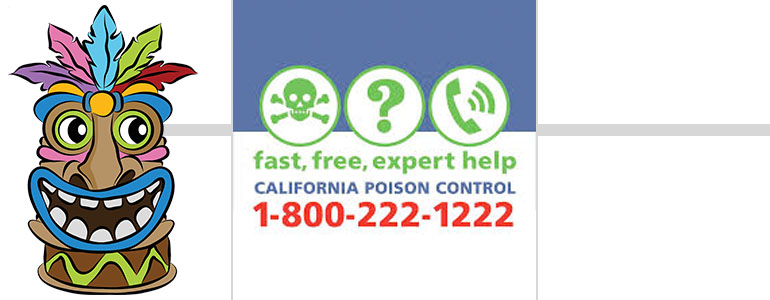
The lowly mushroom just jumped to the front page of the Wall Street Journal with a roundup of the impact mushrooms are making on pop culture. Luxury Stella McCartney purses are made from its thread like roots; Hermes scarves are embellished with silken mushroom patterns; and even a popular book, “How to Forage for Mushrooms Without Dying” is getting a lot of reads.
In anticipation of the rainy season, California Poison Control System (CPCS) is warning the public about the potential dangers of eating wild mushrooms. Buying cultivated mushrooms at a reputable food market is the safe way to eat them, rather than eating wild mushrooms that were picked by friends or family members. Heavy rains, which California just experienced, can contribute to a bumper crop of poisonous Amanita phalloides or “death cap” mushrooms and an increase in human poisonings reported to CPCS.
Dr. Craig Smollin, medical director at CPCS for the San Francisco area, says, “No matter how experienced one is at mushroom identification, there is always a risk in eating wild mushrooms.” Contrary to folklore which says poison mushrooms are brightly colored, poison mushrooms typically look like most edible mushrooms. Death caps, abundant in California, can easily be mistaken for other edible mushrooms, growing mainly under coastal live oaks. There are more than 700 cases of mushroom ingestion reported to CPCS each year. Fatalities are uncommon, but do occur. The only safe mushrooms are those purchased at established food markets.
Eating poisonous mushrooms can cause abdominal pain, cramping, vomiting, diarrhea, liver damage and death. Symptoms typically develop six to 12 hours after eating. The most serious illnesses and deaths have been linked to mushrooms that cause liver damage, including Amanita ocreata or “destroying angel,” as well as the death cap.
About CPCS
Follow CPCS on Facebook and on Twitter @poisoninfo and download a free app at Choose Your Poison. Sign up for free weekly safety text messages by texting TIPS to 20121. Messages are also available in Spanish by texting PUNTOS to 20121. In case of an accidental poisoning, consumers should immediately call 1-800-222-1222. Poison information experts are available 24 hours a day, 365 days a year to help. In most cases, a poison exposure can be safely managed in your home, avoiding a call to 911 or a visit to a crowded hospital emergency room.
